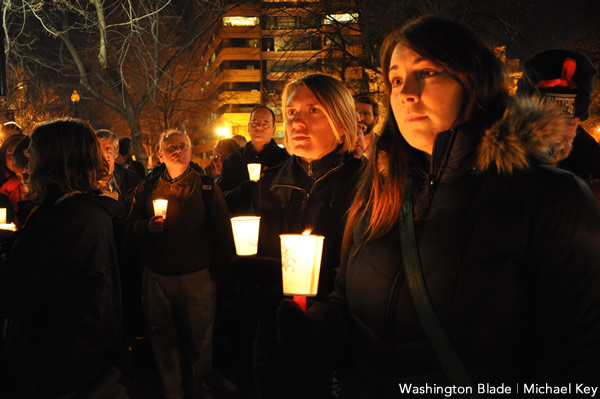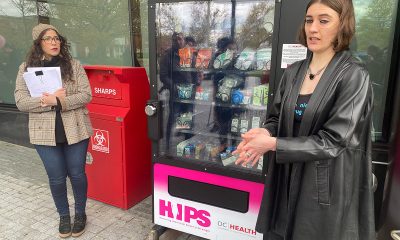Health
Report: D.C. HIV rates continue to drop
DOH report shows 2.7 percent of D.C. residents lived with HIV at end of 2010
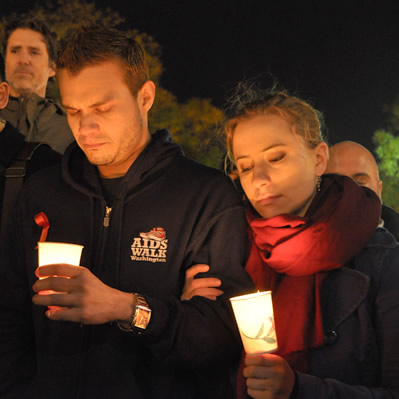
HIV rates in D.C. continue to drop, according to the Department of Public Health’s annual epidemiology report it released on Wednesday.
14,465 people or 2.7 percent of D.C. residents were living with HIV at the end of 2010, compared with 3.2 percent of Washingtonians who had the virus at the end of 2008. The report further noted that African Americans remain disproportionately impacted by the epidemic with 4.3 percent of black D.C. residents living with HIV — 6.3 percent of black D.C. men had the virus, compared with 2.4 percent of whites and three percent of Latinos. DOH further noted that black women accounted for 92.4 percent of D.C. women with HIV.
The report further indicates that the number of new AIDS cases in D.C. decreased 32 percent from 2006 to 2010, and the number of diagnoses among men who have sex with men fell by 25 percent over the same period. DOH noted that roughly 89 percent of the 4,879 people who tested positive for the virus between 2005 and 2009 were connected to HIV-specific care by the end of 2010. HIV-related deaths in D.C. also fell by almost 50 percent from 2006 to 2010.
In spite of this progress, the city’s HIV rate remains more than two times higher than the World Health Organization’s definition of a generalized epidemic.
The report also noted that same-sex and heterosexual sexual contact are the two leading modes of HIV transmission. Slightly more than 77 percent of white D.C. residents and 55.5 percent of Latino Washingtonians who tested positive between 2006 and 2010 contracted the virus through same-sex sexual contact. Only 30.7 percent of black D.C. residents who tested positive for HIV during this period contracted it through MSM, compared to 38.7 who contracted it through heterosexual sexual contact.
New HIV cases in D.C. decreased 24 percent among black Washingtonians between 2006 and 2010. Rates of new diagnoses among white D.C. residents dropped 36 percent over the same period.
“Addressing the critical HIV epidemic in the District of Columbia has been a top priority for my administration,” said Mayor Vincent Gray. “Through uniting government agencies with private-sector health experts and community organizations – via vehicles like the Mayor’s Commission on HIV/AIDS – we are creating solutions to curb the HIV infection rate in our city.”
The report also noted that D.C. has tripled the number of publicly supported HIV tests from 2007 and distributed more than five million male and female condoms in 2011. The city also disposed of more than 340,000 syringes through its needle exchange program last year, which is an increase of 3,000 from 2010. DOH further noted that the number of new HIV cases from intravenous drug use decreased 72 percent from 2007 to 2010.
“The strength of the District’s response is a direct result of the quality and quantity of data we now regularly collect,” said D.C. Councilman David Catania (D-At Large) in response to the report. “Our policy and program decisions are driven by our data and, as a result, are reaching and benefiting at-risk and infected individuals. People are making better, safer decisions about their health because we have focused on expanding knowledge about the disease in order to combat its spread. The report makes clear that we still have a tremendous amount of work to do, but with our data we can continue to effectively face the challenges of this deadly disease.”
HIV/AIDS service organizations also welcomed the latest report, but stressed that the virus remains a serious problem in D.C.
“This progress is most welcome, but now is not the time take a summer vacation in the fight against HIV,” said Don Blanchon, executive director of Whitman Walker Health. “While it will take time to bring this epidemic under control, we are very pleased to see that the city has made tremendous progress over the last few years.”
Ron Simmons, president of Us Helping Us, agreed.
“In a lot of areas we improved,” he said, noting more than 100,000 people in D.C. are tested every year and 90 percent of Washingtonians have access to health care. He also cited HIV rates among poor heterosexual black women that increased from 6.1 percent in 2008 to 12.1 percent in 2010. “There’s definitely a lot more work to do.”
Health
UNAIDS to commemorate Zero Discrimination Day’s 10th anniversary
UN agency urges global action to protect human rights
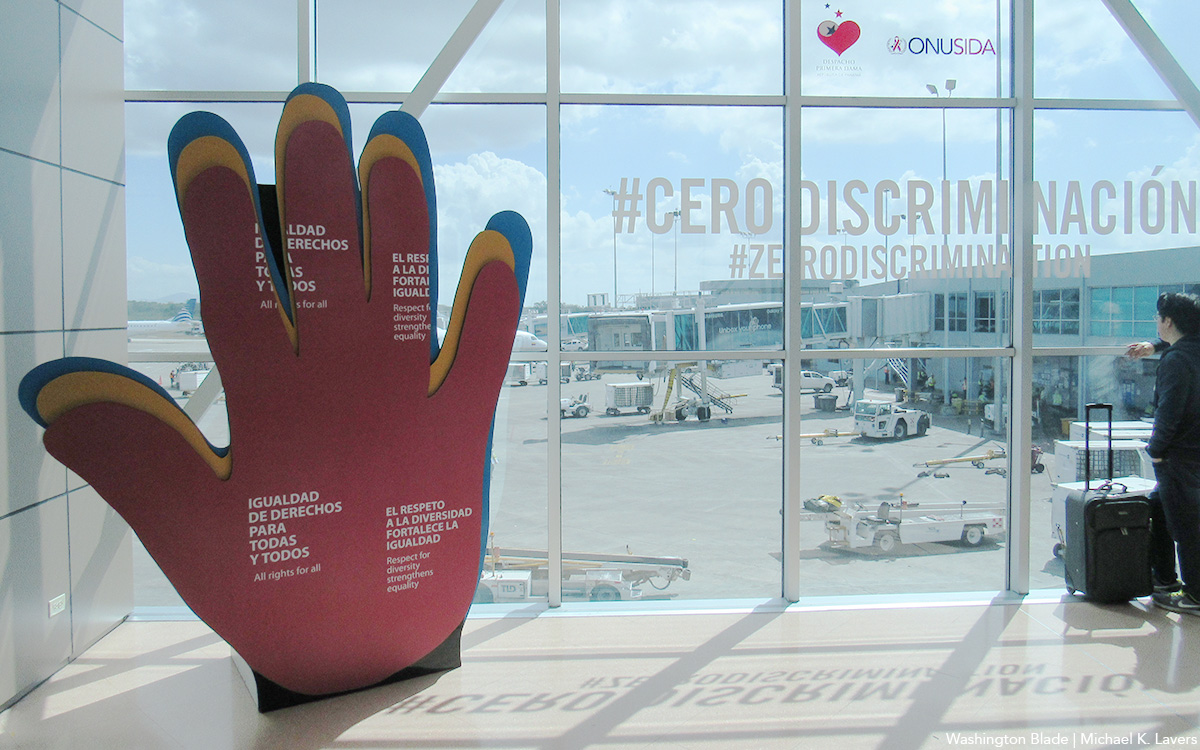
As the world marks the 10th anniversary of Zero Discrimination Day; UNAIDS is sounding the alarm on the increasing threats to human rights, calling for renewed efforts to protect the rights of all individuals as a fundamental step towards ensuring health for everyone.
Established by UNAIDS a decade ago, Zero Discrimination Day aims to promote equality and fairness regardless of gender, age, sexuality, ethnicity or HIV status. The progress achieved over the past years is now in jeopardy, however, due to rising attacks on the rights of women, LGBTQ people and other marginalized communities.
UNAIDS Executive Director Winnie Byanyima emphasized the critical link between protecting human rights and safeguarding public health.
“The attacks on rights are a threat to freedom and democracy and are harmful to health,” she said in a press release. “Stigma and discrimination obstruct HIV prevention, testing, treatment and care and hold back progress towards ending AIDS by 2030. It is only by protecting everyone’s rights that we can protect everyone’s health.”
Despite challenges, there has been notable progress.
At the onset of the AIDS pandemic more than 40 years ago, two-thirds of countries criminalized consensual same-sex sexual relations. They are now decriminalized in two-thirds of countries. An additional 38 countries around the world have pledged to end HIV-related stigma and discrimination, contributing to positive changes that include 50 million more girls attending school compared to 2015.
To sustain and enhance these advancements; UNAIDS urges global support for women’s rights movements, LGBTQ rights, racial justice, economic justice, climate justice and peace initiatives. By standing with communities advocating for their rights, the U.N. aims to reinforce the collective effort towards a more inclusive and equitable world.
Zero Discrimination Day is observed on March 1.
Events and activities that will take place around the world throughout the month will serve as reminders of the essential lesson and call to action: Protecting everyone’s health is synonymous with protecting everyone’s rights.
“Through upholding rights for all, we will be able to achieve the Sustainable Development Goals and secure a safer, fairer, kinder and happier world — for everyone,” said Byanyima.
Health
New CDC report finds transgender women at higher risk for HIV
More than 1,600 people in seven cities surveyed
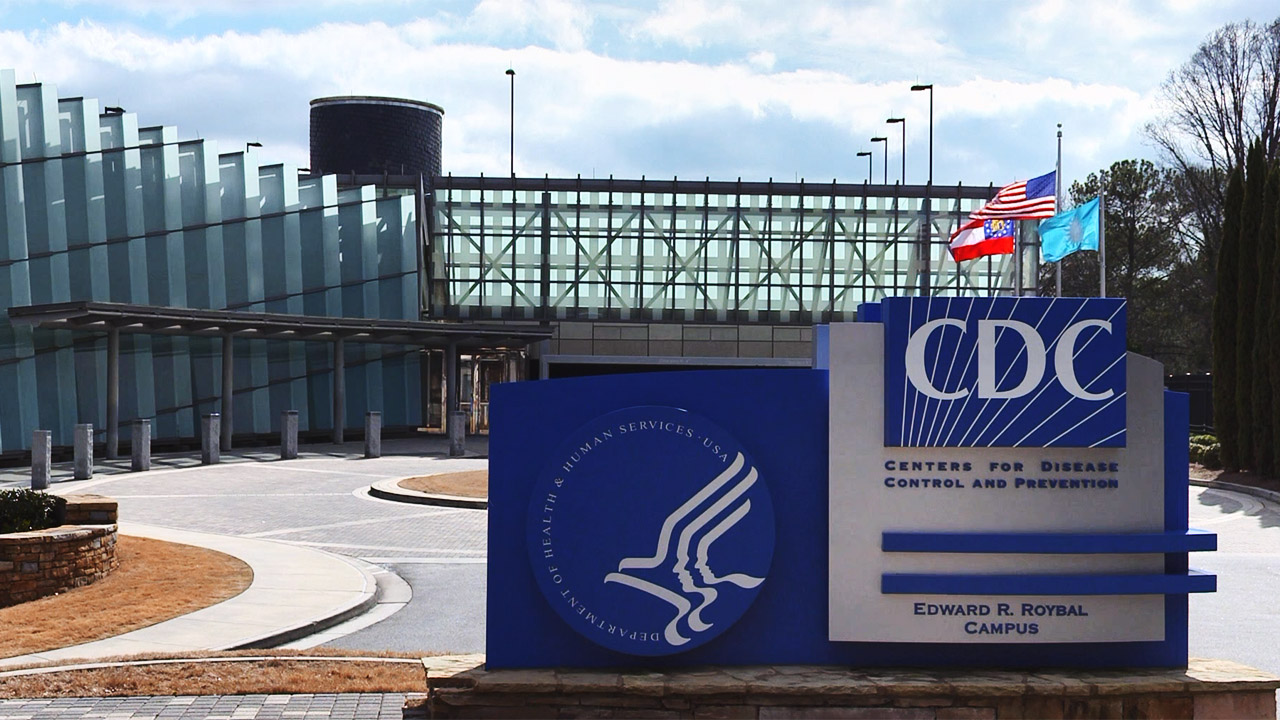
The Centers for Disease Control and Prevention issued a new study report this week that revealed that restricted by employment and housing discrimination and lack of access to needed gender-affirming healthcare for transgender women increasing the risk of contracting HIV.
Researchers reviewed data from a 2019-2020 survey, the National HIV Behavioral Surveillance Among Transgender Women, which found that the demographics of HIV/AIDS have been disproportionally high, especially among Black and Latina trans women, who had experienced employment and housing discrimination coupled with lack of access to gender-affirming healthcare.
The Jan. 25 Morbidity and Mortality Weekly Report was based on data studies of more than 1,600 trans women in seven major urban locales. Participants from Atlanta, Los Angeles, New Orleans, New York, Philadelphia, San Francisco and Seattle were chosen by referrals from people and community-based organizations who knew or were part of the local population of trans women.
The study’s researchers noted: “Employment discrimination occurs at the overlapping nexus of poverty, homelessness, incarceration, health insurance, disability, food insecurity and survival sex work. These issues are interconnected.”
The study stated that trans women’s inability to access quality healthcare, including gender-affirming treatment or access to PrEP, and can expose them to potential incarceration as many turn to “survival sex work” and violence, which increases the risk of contracting HIV.
The study’s author’s pointed out: “When economically marginalized transgender women are refused employment, this refusal cyclically contributes to economic hardships. This analysis …demonstrates the importance of transgender women working and living with dignity and without fear of unfair treatment.”
Health
A Whole New Perspective on Well-Being
The Mather’s team recognizes that everyone’s wellness journey is completely unique to their life experiences and influences.

It’s easy to spot the distinctive, elegant silhouette of The Mather, a Life Plan Community for those 62+ opening this spring in Tysons, Virginia. What is not apparent to the naked eye is The Mather’s unique wellness philosophy, which is literally built into the community.
The Mather’s team recognizes that everyone’s wellness journey is completely unique to their life experiences and influences.
Nature is one of the important factors that contribute to well-being. So The Mather is incorporating biophilic design—a design approach to facilitate access to nature or things that replicate natural patterns. This can include interior spaces with sightlines to a garden, choosing natural wood and stone as interior materials, or incorporating fragrant flowers and plants indoors to spark memories and provide tactile opportunities such as gardening.
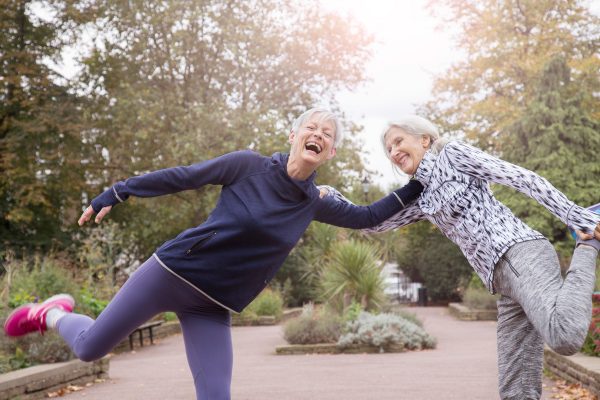
“Providing biophilic design within interior settings connects residents to the natural world,” says Mary Leary, CEO and President of Mather, the organization behind The Mather. “Research shows that a connection to nature provides positive benefits to mental states and overall well-being. At The Mather, biophilic design is the intersection of buildings and programs with nature in an urban setting.”
“The Mather is attracting a diverse group of older adults,” says Mary. “As a result, we aim to incorporate wellness practices from around the world, including Wyda movement theory of the Celtic Druids, which helps people achieve harmony with nature and contentment through mindfulness.” This holistic regenerative approach is similar to Qi Gong and yoga, while born in a different part of the world. Mather Institute has a special focus on mindfulness to support older adults’ practice of present moment awareness, which can lead to increased overall well-being, compassion, and joy.
A very different example of a wellness offering at The Mather is the Gharieni Welnamis spa wave bed, which uses computer-controlled vibrational therapy and audio frequencies to train the brain to relax. “The bed increases mindfulness, concentration, and creativity—all of which support our mission of creating Ways to Age Well,SM” says Mary.
These and other personalized ways to wellness will ensure that residents of The Mather can choose from seemingly countless ways to focus on their well-being. In other words, the sky’s the limit!
-

 Africa4 days ago
Africa4 days agoCongolese lawmaker introduces anti-homosexuality bill
-

 District of Columbia19 hours ago
District of Columbia19 hours agoReenactment of first gay rights picket at White House draws interest of tourists
-

 World4 days ago
World4 days agoOut in the World: LGBTQ news from Europe and Asia
-

 Arizona24 hours ago
Arizona24 hours agoAriz. governor vetoes anti-transgender, Ten Commandments bill

